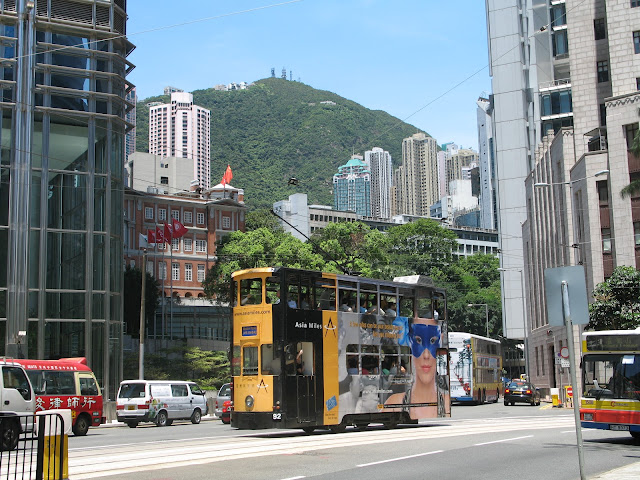 |
| Rewiring the Nation? [CC0] |
Cost-recovery is one way of ensuring major infrastructure investments do not impact the national budget’s surplus or deficit. But history proves this approach to investing in important infrastructure produces outcomes that are too slow, too costly, and ultimately unwieldy. Here’s why.
Networked infrastructure is a peculiar beast that is difficult to change once the physical assets are deployed over the countryside. Roads, telecommunications, and electricity grids are all subjected to physical limitations that are not readily changed. Property rights, planning rules, and habits that evolve around the use of networked infrastructure all contribute to legacies that hinder the adoption of newer technologies.
Decisions made in earlier times result in limitations to what is possible or feasible when we try to build new roads, upgrade the existing copper network, or, indeed, upgrade the electricity grid.
Based on my research into transport and telecommunications infrastructure in various countries over the last 17 years, there are two clear obstacles to upgrading and improving existing networked technologies.
First, the rights of way established by earlier iterations of the network are difficult to change. This means that farms, factories, houses, and other physical assets that restricted or evolved around pre-existing infrastructure create legacies relating to property rights or otherwise that increase the cost of deploying new infrastructure where compensation to meet the requirement for ‘just terms’ (in Australia) for the purposes of compulsorily acquiring property necessary for infrastructural deployment.
Second, the political situation created by attempting to compulsorily acquire property and then to determine the ‘just terms’ for doing so (and the amount of compensation) becomes embroiled in the bureaucracy of environmental impact assessments, ‘not in my back yard’ rhetoric (NIMBYism), and other matters that are at best explained as ‘political’ and at worst as attempts to thwart progress.
Federal governments have long grappled with methods to deploy infrastructure in ways where the cost is not reflected in the budget surplus or (as per recently) deficit, but rather as an investment. To do so, the cost-recovery method was deployed in Labor’s original plan for the NBN and is about to be adopted for the necessary upgrade to the electricity grid as part of Labor’s commitment to renewables and emissions targets.
The cost-recovery model effectively places the value of the future asset against the ongoing liability on the balance sheet (pending the recovery of the cost through future revenues from the asset). It doesn’t take a genius to work out why proper accrual accounting has been in place for the private sector since 1936 but was only implemented (under much protestation) by the Commonwealth in 1999.
Accounting ideas aside, the trouble is that the Albanese Government’s model for ‘fixing’ the problems in our electricity network is reminiscent of the Rudd Government’s attempt to fix the broadband network.
The cost-recovery model shifts the emphasis away from more-expensive regional areas and uses a system of cross-subsidisation where revenues from high-density areas are used to offset higher costs in the bush. In theory, the process is rational, but in practice, it puts the focus on low-priority areas to generate revenues that will later justify the cost of servicing regional and remote areas.
The emphasis on electric vehicles and the assumption that the electricity network will be able to cope with some 20 million motor vehicles being recharged means there is much to be done.
The Albanese Government is betting on renewables to deliver reduced carbon emissions alongside upgrades to the electricity network using the cost recovery model.
But the cost recovery model, if adopted to upgrade the electricity grid, will likely fail to deliver in the same way that the NBN cost recovery model failed (and continues to fail) to deliver in regional and remote areas.
Cost recovery has effectively become a term for covering up the costs of deploying networked technologies to the regional and remote areas of Australia while providing the latest technologies to the cities.
Labor’s cost-recovery model has become old and tired and helps to hide rather than address the problems of improving networked infrastructure in regional and remote regions. In the meantime, Australians are being asked to relive the inefficacy of the NBN that promised so much but continues to fail to deliver in terms of real outcomes for many Australians.
If we accept that investing in the national electricity network is necessary and costly, then we should also accept that some parts of Australia will cost more than others to service. But Labor’s model will prioritise the urban areas at the expense of remote and regional Australia.
Regrettably, if Labor’s emissions targets are relying on the cost-recovery model to deliver an upgraded electricity network, then we are once again in for a long, expensive journey.
 Donate
Donate













